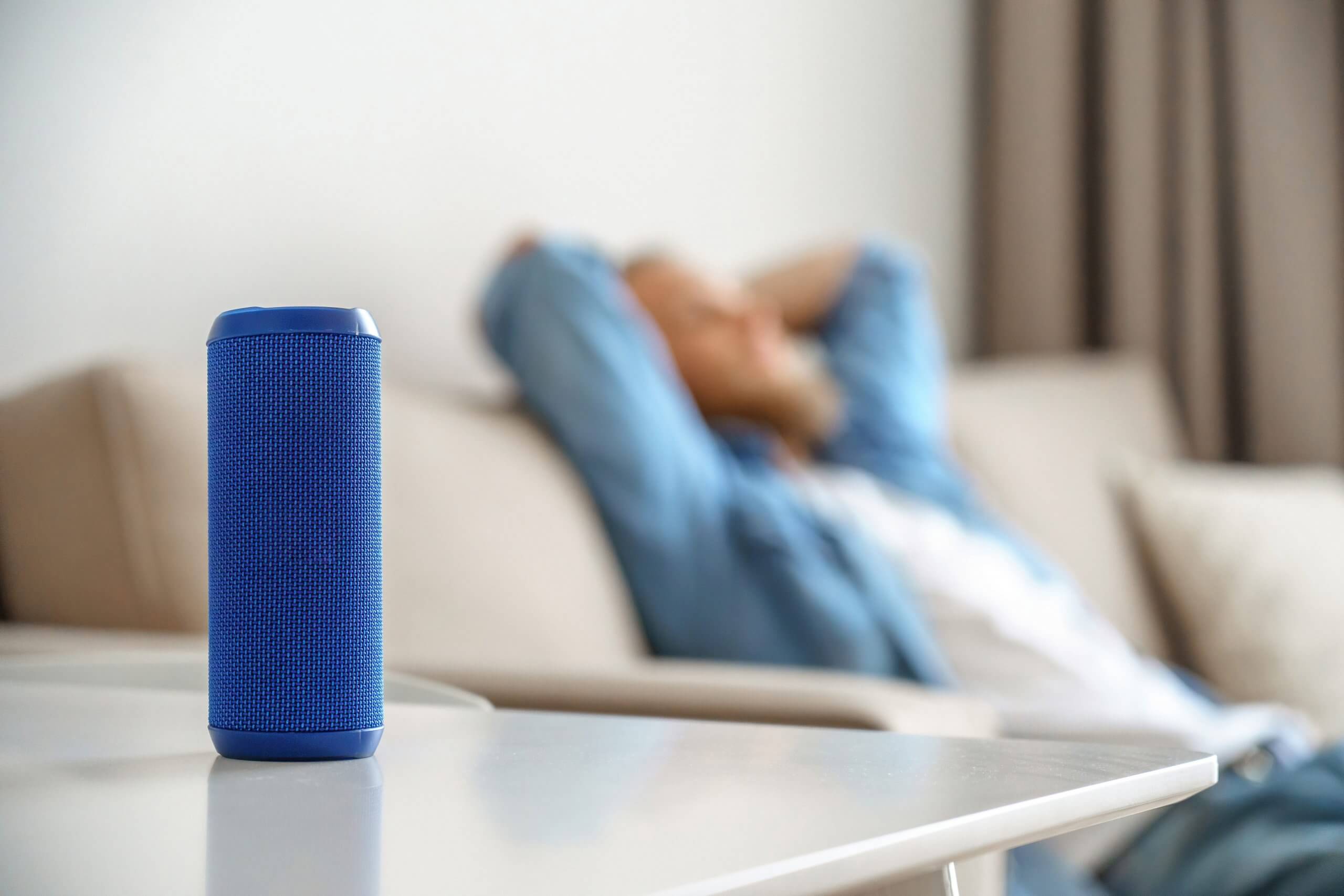Pandemic conditions have changed how people around the world live, work, play, and shop. Rather than risk contracting COVID-19, consumers choose to shop online and pick-up or have their purchases delivered to their doorsteps. It has become their “new normal,” and there is plenty of data to support the shift.
European Shoppers Embraced Online Shopping Even with Businesses Open
According to PwC Research, consumer goods labeled as “fast-moving” was purchased online by European shoppers despite drugstores and grocery stores being open. Urban consumers accounted for the most significant increase in groceries bought online. There was an upsurge of ten to twenty-eight percent of shoppers using the channel as their primary source of buying. The consumers bought significantly more each shopping trip because of the convenience of purchasing online.
Further research into buyer behavior conducted by the New Hope Network uncovered incredible findings. Online shopping in April, at the start of the pandemic, was widely accepted. However, it was interesting that the trend remains strong in November, with even more people skipping in-store shopping to buy products online.
Delivery services and curbside pick-up enticed consumers to spend more dollars locally to show support for businesses in the area. The practices have become normalized as people have accepted that coronavirus isn’t going away anytime soon. More stores offer delivery and curbside pick-up as a safety measure and convenience, increasing national retailer sales by fourteen percent from April to November.
Nine Developed Countries Take to the Internet More for Purchases and News
The United Nations Conference on Trade and Development (UNCTD) along with Netcomm Suisse eCommerce Association, the Brazilian Network Information Center (NIC.br), and Inveon conducted a survey of 3,700 respondents in Brazil, China, Germany, Italy, the Republic of Korea, Russian Federation, South Africa, Switzerland, and Turkey. Over half of the respondents stated that they use the internet to purchase goods online and get updated news reports, information about global health topics, and entertainment. The “COVID-19 and Ecommerce” study also found that despite increased online purchases, consumer spending had fallen.
The categories that saw the most growth included ICT/electronics, cosmetics/personal care, education, gardening/do-it-yourself, and home goods/furniture. The category with the greatest decrease in spending was travel and tourism, considering many countries banned foreign travelers from visiting and mandated 14-day quarantines in cases where they did accept tourists. A seventy-five percent decrease in airline ticket sales and hotel bookings wasn’t at all surprising considering that many countries were in some sort of lockdown ordered by their leaders.
No Signs That the "New Normal" is Changing Anytime Soon
The desire to avoid long lines, cranky shoppers and careless cashiers have driven consumers to accept the “New Normal” introduced during pandemic conditions. Companies that didn’t focus on online sales have changed their business models to address customer demand. Ecommerce businesses that already staked their claim in a virtual environment continue to thrive because their products and services are deliverable. With new customers buying online for the first time, sales continue to rise.
Companies such as Amazon, Apple, Google, Microsoft, and Walmart have seen massive profits in the billions because of newly adopted consumer behavior. Fearing shortages of necessities and wanting to prevent the spread of coronavirus in their homes, workplaces, and communities, shoppers continue to stock up on items such as hand sanitizer, disinfectant sprays, and wipes, toilet paper, paper towels, and over-the-counter medications as precautionary measures.





